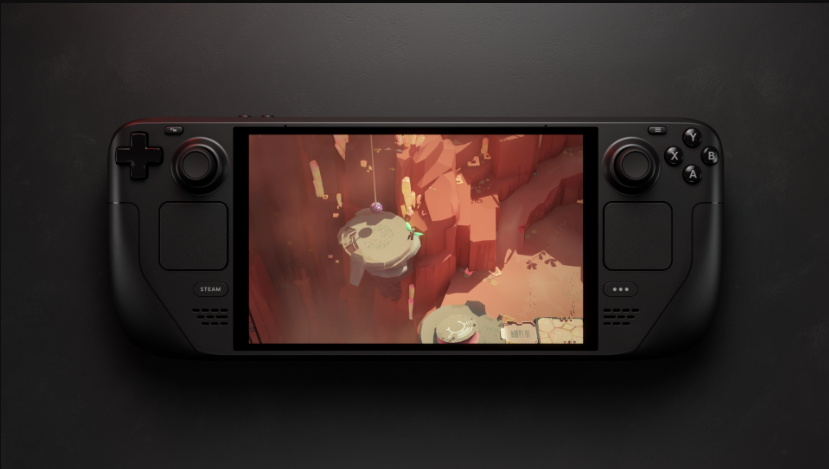Wireless connectivity: it’s not just for cell phones anymore. Why then should apps be thought of as just for phones? A fast growing number of non-phone devices is coming online and publishing data about their surroundings and activities to the internet. From e-readers to bathroom scales to traffic signals and connected home sensors, the network enablement of formerly disconnected devices is just beginning. The Internet of Things, Web of Things, or Machine to Machine (M2M) communication are the names many people have applied to this trend and it’s widely expected to be one of the next major technology disruptions.

How will the data be interfaced with by users? In large part, through apps. AT&T announced four new partnerships today with Machine to Machine application development platforms, aiming to make it easier for device manufacturers to build apps that get their devices onboard with what used to be known as a giant phone company. AT&T was reported this month to have added more connected non-phone to its network last quarter than any other network provider.
Today’s partnerships are with:
Axeda – A cloud-based app creation and management platform that already processes more than 250 million M2M messages per day, three times as much messaging as the entire Twitter fire hose. (Machines don’t mind reading what one another ate for lunch, apparently.) Axeda previously partnered with Sprint, as well.
Below, Joseph Biron, Axeda’s Senior Architect, gives the Axeda pitch to developers in 90 seconds. Such is the value proposition of the application development platform for connected devices.
ILS Technology – A similar company that just released an application developer kit today. ILS positions itself as focused on remote monitoring and optimization of industrial and commercial processes.
SensorLogic – A decade-old company in the asset tracking and fleet management market.
Sierra Wireless – A consumer products focused company that produces things like EVDO modems and the 3G connectivity in the Barnes and Noble Nook.
Last week, M2M media outlet TelecomEngine.com reported that AT&T now has almost 11 million connected devices on its network, topping Verizon for market leadership. Those devices include things like wireless pill bottle tops from Vitality, Inc. (they’ll send a mobile alert if you haven’t taken your medication) to DIY clip-on tracking devices from Garmin (track your dog, or your backpack) to a partnership with BMW to provide connectivity for emergency and concierge call services, traffic information and an online portal for weather forecasts, fuel prices and news.
Last month ReadWriteWeb reported on an independent survey of mobile developers asking what carrier was their favorite to develop on top of and ran our own survey as well. AT&T won both those surveys.
It was last August when new non-human (device) subscribers first outpaced human subscribers coming online with AT&T and Verizon.
Connected devices will likely far outnumber human users on the Internet in the very near future. While human Web data is just beginning to be utilized for tracking, recommendations, self-awareness, alerts, pattern detection, monitoring and more – the Internet of Things is being built from the ground up for that kind of systematic analysis of data as a platform.
Would AT&T like to dominate that market? It sure would. And the company has seen before how well an app-centric model can work.









